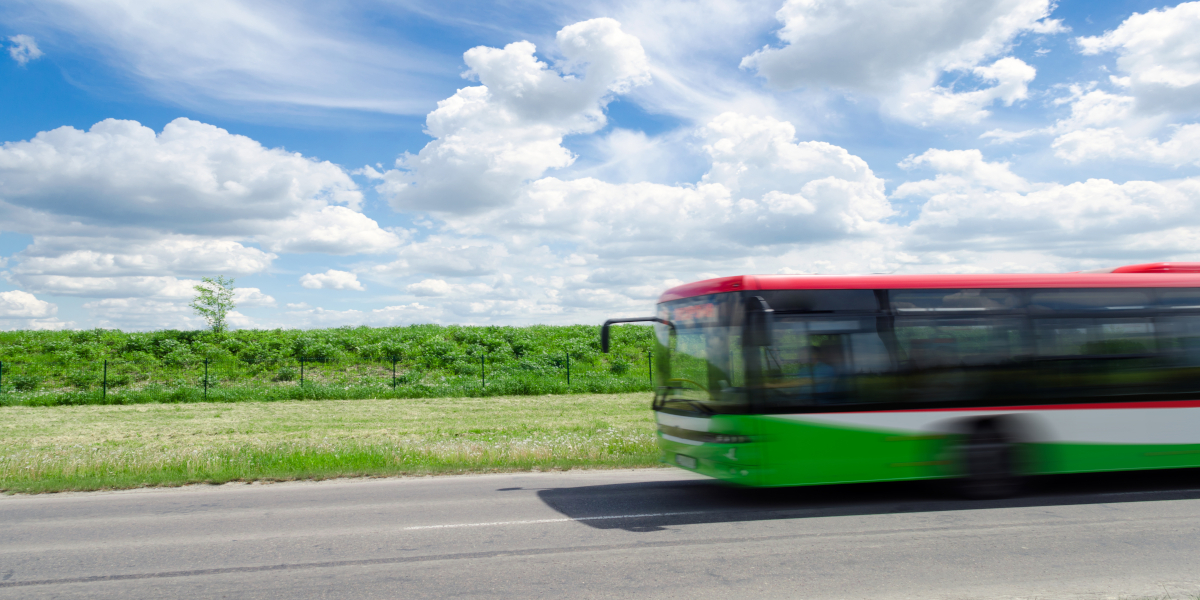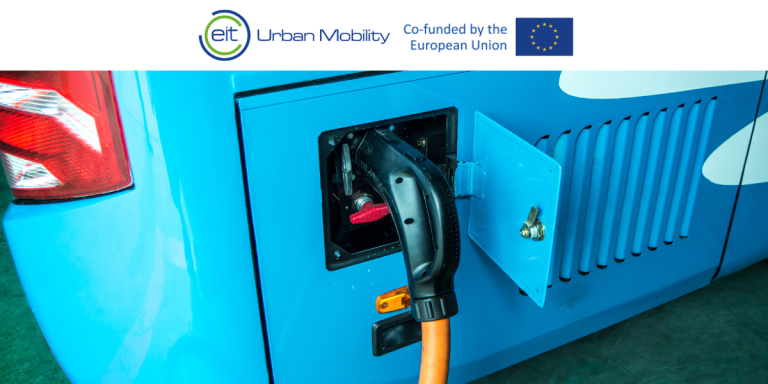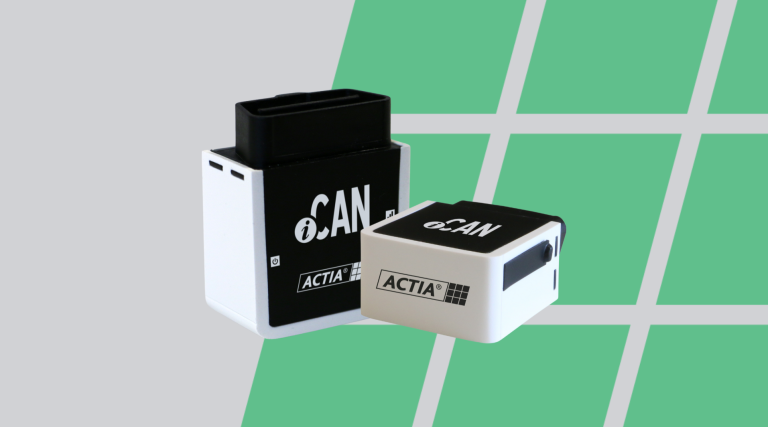ACTIA is bolstering its range of eco-driving services with the “DTA” (Driver Training Assistant) system intended for driver training professionals. Eco-driving presents a new challenge in the environmental and economic sectors. It allows companies with vehicle fleets (buses, HGVs, light or utility vehicles) to commit to an energy-saving strategy.
By training drivers to drive in a rational and controlled way, their impact on the environment can be reduced along with maintenance and fuel consumption costs. ACTIA’s DTA has already won over several public transport operators, and is already used by the RTM in Marseille and the KBM in Bordeaux, for example. Now discover the four principles of ACTIA’s DTA.
1: Training in real driving situations
The vehicles used for training are part of the operator’s fleet, and are also used on the network. This means that the vehicle equipment used in ACTIA’s DTA is exactly the same as the other vehicles in service. The Telematics Gateway Unit (TGU) communicates via Wi-Fi with the trainer’s tablet or any other HTML5-compatible tablet
2: Assess the individual performance of each driver
ACTIA is bolstering its range of eco-driving services with the “DTA” (Driver Training Assistant) system for driver training professionals. This application, a product of ACTIA Fleet’s telematics expertise, involves monitoring a person’s driving on a given route, in order to assess their performance.
3: Compare eco-driving performance on several different routes
To assess the driver, the system uses the difference between performance on the training route and on the reference route, or on another route taken by the same driver during their work. The system can also compare the performance of two drivers on the same route. At the end of the training, the software provides driving statistics to assess the driver but also to compare them to their group. The same information is transmitted to the SaaS fleet management platform MyACTIAFLEET for consultation at a later date and archiving.
4: Include “new energy” vehicles in training
Since ACTIA has recently developed its fleet management solution, now called MyACTIAFLEET NEW E, this eco-driving training also applies to new energy vehicles. Indeed, driving an electric vehicle is different from driving a vehicle with a combustion engine. For example, when driving an electric vehicle, the regenerative braking percentage is an important criterion, since it contributes to improving the vehicle’s range. And so this was added as one of the criteria in the individual assessment of drivers for the DTA system.
Bonus: Good habits for eco-friendly driving
The basics of eco-driving are simple: run engines at low RPM, maintain a steady speed and drive smoothly. The faster the engine runs, the more fuel it consumes. By respecting the engine’s optimal speed of about 2000 rpm, efficiency can be optimized while limiting consumption. In addition, it takes a lot of energy to make a vehicle accelerate. By maintaining a steady speed, the vehicle saves both energy and fuel.
Did you know?
Vehicle maintenance is also essential in avoiding excessive energy consumption.
Poor tyre pressure, for example, can increase fuel consumption by 8%.
Irrespective of engine specification, the key to eco-friendly driving is adopting a smooth driving style.
Environmentally-friendly driving involves anticipating the movements of other vehicles. By being attentive, drivers can avoid sudden acceleration or braking. Smooth driving offers passengers a pleasant travelling experience. If the vehicle stops for more than 30 seconds, it is best to stop the engine. This helps to reduce pollution and also improves energy consumption. By learning to apply these habits on a daily basis, it is possible to reduce the carbon footprint of your fleet.







